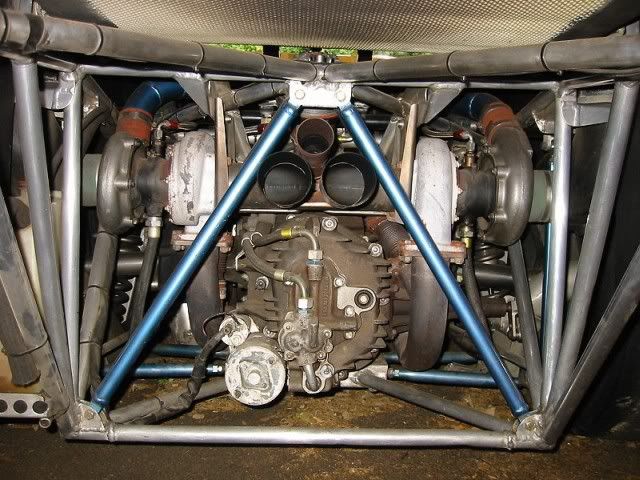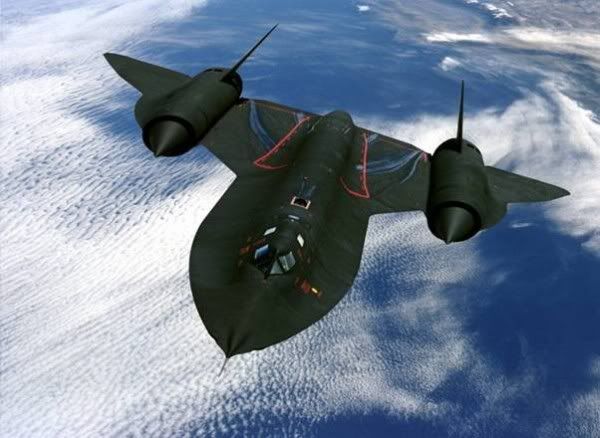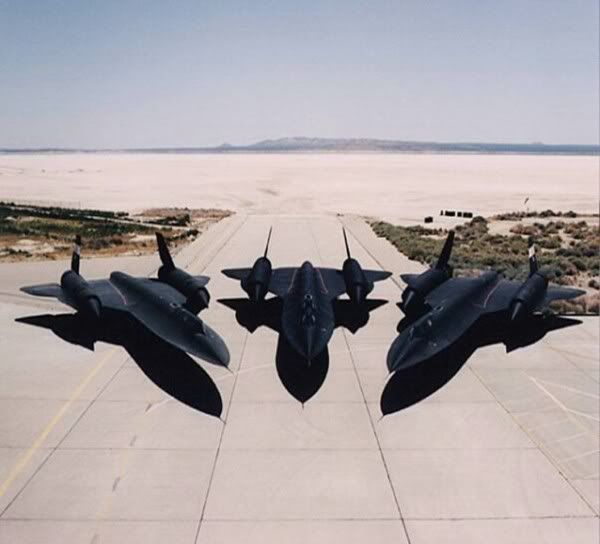No, it's not a new birth control technique.
Ok, so the Iraq draw-down has begun. The lefties, the MSM, the America haters et.al. are having multiple orgasms over that, but they are not alone. While I and many, many others like myself feel nothing that resembles erotic stimulation, however, I am happy to see it as well, and before we go any further, let's get a few things on the table right now. What may appear to be negative in the analysis is not directed at the troops - far from it, as anybody who "knows" me can attest to. Our men and women on the ground, in the air, and on the seas have paid a very high price, and they deserve our unwavering respect for doing what they signed-up to do - follow orders. With that said, I have had a problem with our US foreign policy for quite some time, regardless of the administration, regardless of the situation or location. For the record, along with every male in my family since WWII, I was a "troop" (USMC), having been on the wrong end of rifles, RPGs, and a few machetes. Semper Fi.
Far too often we have sent our young men (and of late, women) half-way around the world to "defend democracy" or "fight for our freedoms back home," and, frankly, that is just complete rubbish. That is a sales pitch to engender support from "the folks." Indeed, it would be a lot more difficult to "sell" such actions abroad to the American people if the "real" reasons were told; hell, in many cases it would have been strategically foolhardy to do so. Iraq and Afghanistan are perfect examples. Do you really think our government gives two shits about democracy in either of those places? Believe what you want, but the answer is "no." WE backed Saddam in his war against Iran, knowing full well how he came to power (hint: it was not through anything that resembles the democratic process) and the kind of leader he was. WE backed the mujahadeen/mujahideen in Afghanistan, led in no small part by Osama Bin Laden, in their war against the Soviets. And the argument is valid that the Machiavellian principle of "the enemy of my enemy is my friend" applied in dealing with what was known or believed at the time to be a greater threat in both cases. Look at a map of the region, and you will see that both Iraq and Afghanistan are strategically situated for a variety of purposes. In an attempt to secure "friendly" regimes (and I use that term loosely) in both places one can conjure several scenarios, but I submit with a good deal of certainty that concern for the plight of the people in the face of tyranny and oppression is not one of them.
One could argue that the long range goals of politicians and their lap dog barracks-grade officers at the Pentagon would have positive residual effects for the welfare of the people and the security of the US, but the field-grade officers and their NCOs know that those long range plans seldom (if ever) go as planned given that short-term plans on the battlefield more often than not go awry as soon as the boots hit the ground. Just ask US Army General (Ret.) Hal Moore, Korean War veteran and innaugural commander (Colonel at the time) of the then-newly-formed Army Air Cav, how he felt before and after the initial battle at Ia Drang in Vietnam (the first "official" battle in which LBJ revealed full US commitment there). You would have gotten the same answer from the late, legendary USMC Gen. "Chesty" Puller, Patton, and even that psychotic loser, Custer (who learned the hard way): Plans are nothing; planning is everything; and when all that fails, those who can adapt best by drawing from historical precedent and instinct to the fluid nature of combat will prevail. Which brings us to the central theme of the argument.
Why do we who value and hold dear our freedom and liberty feel as we do? Because we know it did not come easily. It was not given to us. It was earned, fought and paid for with blood and countless lives of our forebearers. I am speaking specifically about our Revolution and the birth of our Nation, but we cannot forget the massive loss of life our nation endured during the War Between the States, better known as the Civil War (or, as some still call it, the War of Northern Aggression). To a lesser extent in terms of defense of our liberty (not in terms of sacrifice and loss of life and blood) WWI comes into play (although our security was not really at risk), as does WWII, the last war fought in defense of our liberty. Let me stress again that the sacrifice of those who fought in Korea and Vietnam was no less noble or honorable than any of those who came before or since; only that, through no fault of their own, what they fought and died for had nothing to do with preserving our liberty. The point here is that we have paid for our liberty with countless sacrifice.
Why, then, should we believe that we can "give" freedom, liberty, or democracy to those who have not or are not willing to fight and die for it themselves? Can anybody point to a case in history where that has been successful in the long term?
WARNING: Harsh language to follow.
I hope that I am wrong, but I don't give Iraq very long. "Yay, Saddam is gone!" "Woo-Hoo! The dictator is dead!" - Big fucking deal; there will be ten others lining up to take his place, starting with that fuck Muqtada al Sadr. And there are dozens more around the world. Fuck them all. And this is where I get very upset. I see these guys (and women too) all blown to shit, as I recently watched on this special, "Home from Iraq", hosted by James Gandolfini. It wasn't skewed, biased, or anything else. These men and women spoke openly, not complaining, and Gandolfini listened, offering very little input, except for hugs and handshakes after each interview. I cried, watching these folks with no arms, no legs, faces blown apart, one with a plate in his fucking head, reduced to speaking like a child. You know why I cried, clenching my fists, unable to speak to my wife or face my step-children for the rest of the night? Because I know that these men and women (yeah, one woman was in a convoy and took an RPG right through the shoulder) suffered the unthinkable terrors of war for nothing. It's a long bow to draw to say that they suffer and the other 4,000 some-odd have died defending our freedom and security. Bullshit. That's for the cheerleaders at Fox and other chickenhawks to spew. And the only other ones who piss me off more than them are the America haters at CNN, MSNBC, NYT, LA Times, WaPo, Daily Kos, Huffington Post, Mother Jones, Human Rights Watch, Amnesty International, the UN, and the various foreign media and government officials (not to mention our own lefties and America haters in Congress) who bemoan the deaths of Iraqi civilians and paint our guys and gals as baby killers and torturers.
I don't want to see another one of our folks blown to shit, regardless of how proud they are, unless it's in DIRECT defense of our liberty and our nation, not some half-assed, concocted justification or after-the-fact rationalization that soothsayers use to make us feel better.
You really want to help the Iraqis and now, perhaps, the Iranians? Pick a side, and give them weapons to fight for their own freedom. Oh, wait, that's just what got us into this mess in the first place. Leaving them alone isn't the answer, either. That's what the past 30 years have gotten us to now. No, the only options I see as viable are to either blow them all to hell, or selectively assassinate key personnel and destroy hideouts using Special Ops. I just know that massive use of military force to "win hearts and minds" has been tried before, and each time it has failed.
Good luck to the Iraqis. They'll need it.
Labels: General Politics, Iraq, Middle East Affairs, Military, Terrorism













